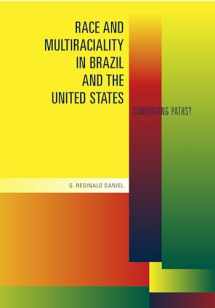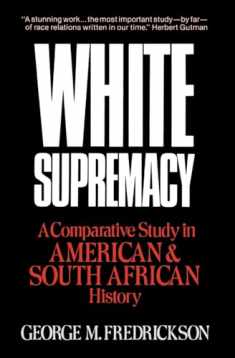
Race and Multiraciality in Brazil and the United State: Converging Paths?
Book details
Summary
Description
Although both Brazil and the United States inherited European norms that accorded whites privileged status relative to all other racial groups, the development of their societies followed different trajectories in defining white/black relations. In Brazil pervasive miscegenation and the lack of formal legal barriers to racial equality gave the appearance of its being a “racial democracy,” with a ternary system of classifying people into whites (brancos), multiracial individuals (pardos), and blacks (pretos) supporting the idea that social inequality was primarily associated with differences in class and culture rather than race. In the United States, by contrast, a binary system distinguishing blacks from whites by reference to the “one-drop rule” of African descent produced a more rigid racial hierarchy in which both legal and informal barriers operated to create socioeconomic disadvantages for blacks. But in recent decades, Reginald Daniel argues in this comparative study, changes have taken place in both countries that have put them on “converging paths.” Brazil’s black consciousness movement stresses the binary division between brancos and negros to heighten awareness of and mobilize opposition to the real racial discrimination that exists in Brazil, while the multiracial identity movement in the U.S. works to help develop a more fluid sense of racial dynamics that was long felt to be the achievement of Brazil’s ternary system. Against the historical background of race relations in Brazil and the U.S. that he traces in Part I of the book, including a review of earlier challenges to their respective racial orders, Daniel focuses in Part II on analyzing the new racial project on which each country has embarked, with attention to all the political possibilities and dangers they involve.


We would LOVE it if you could help us and other readers by reviewing the book
Book review



